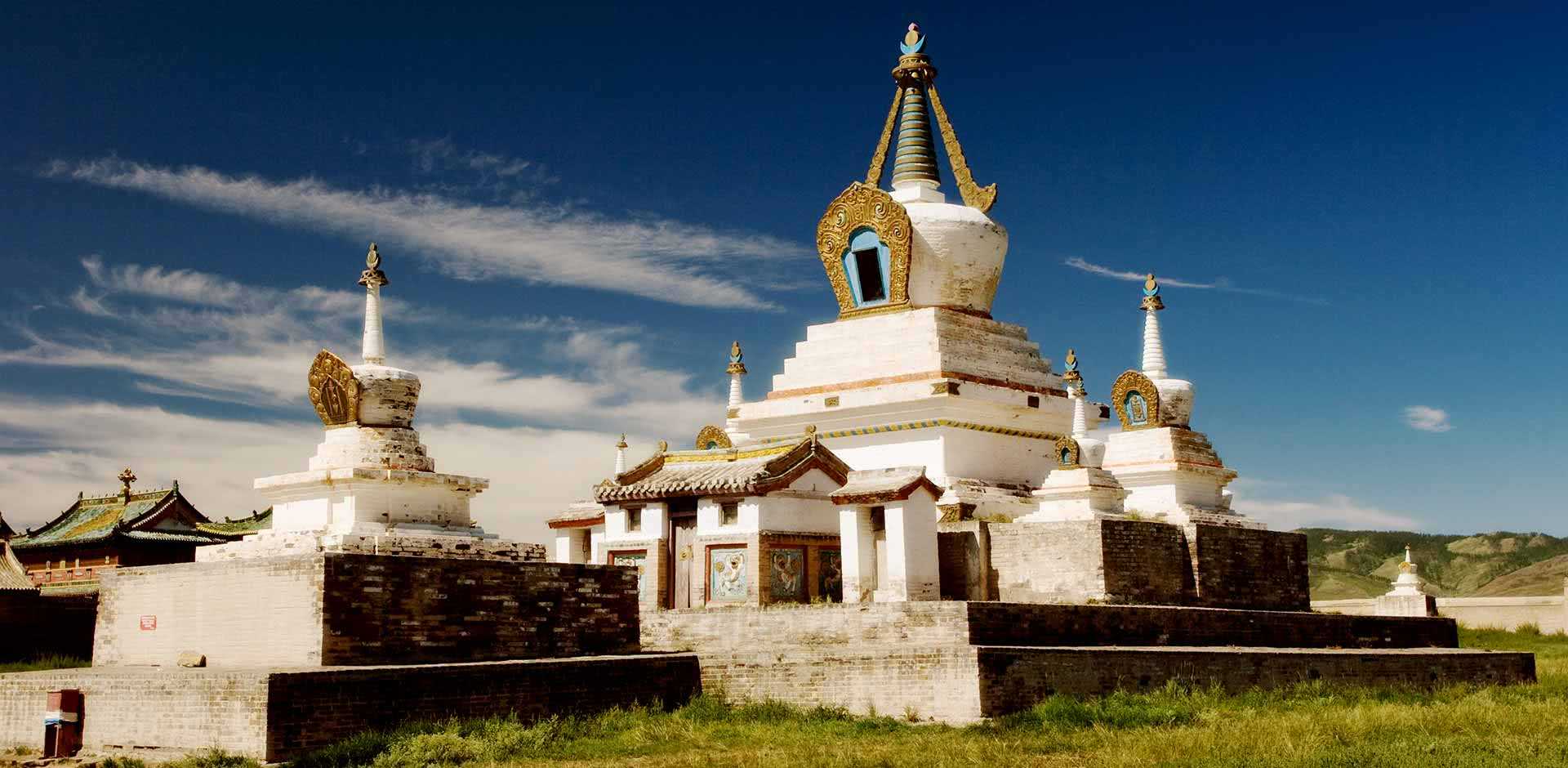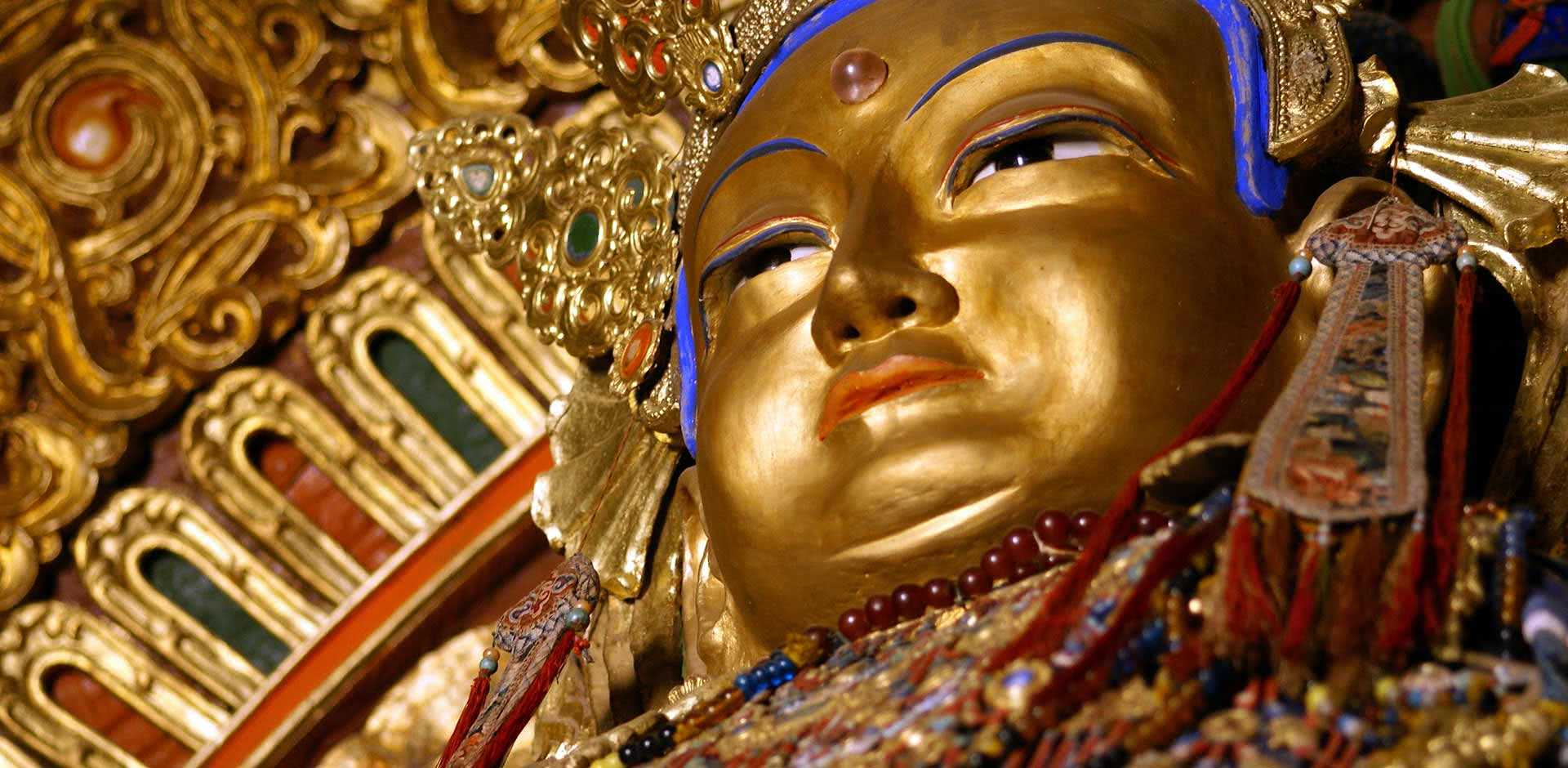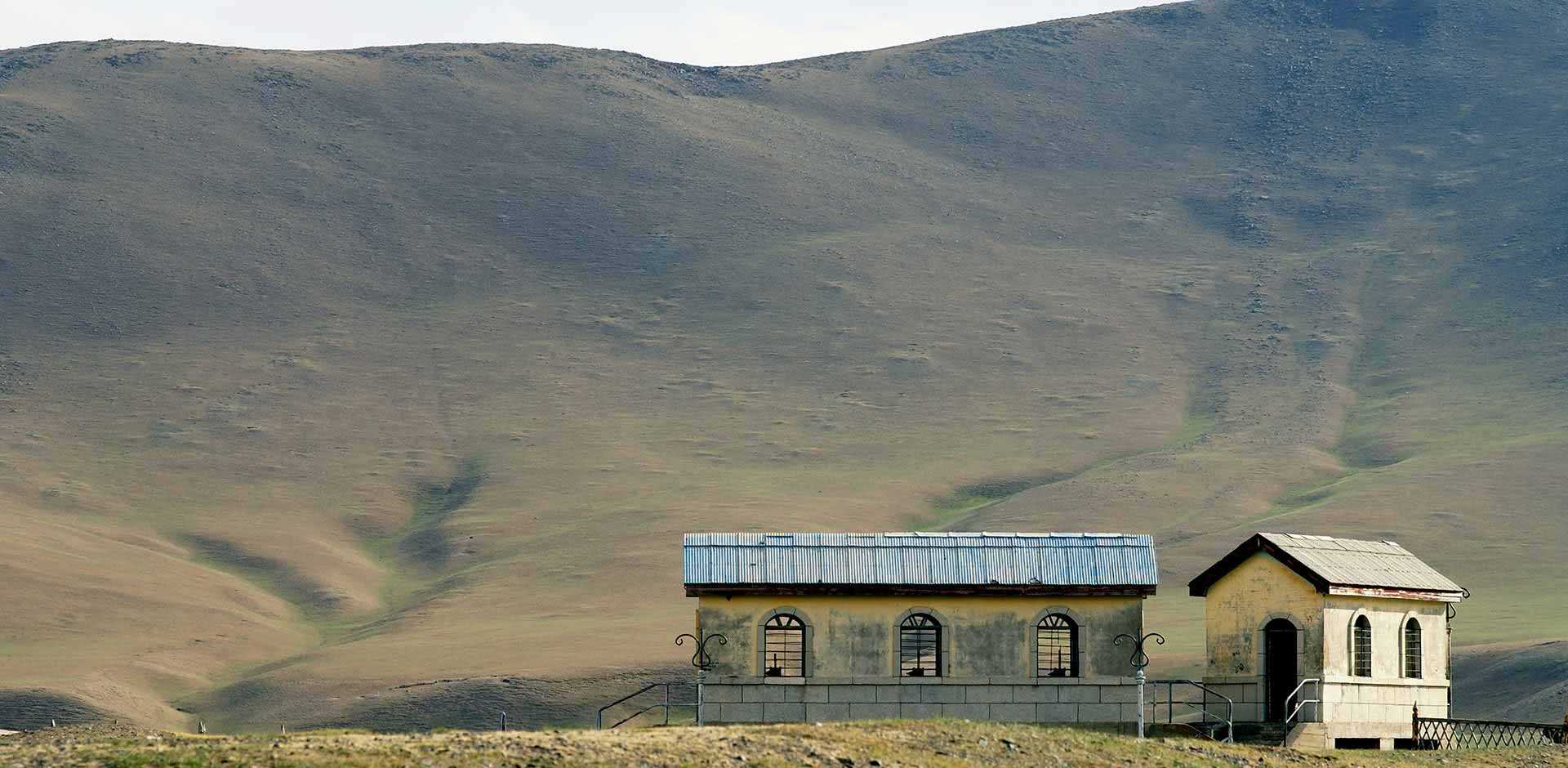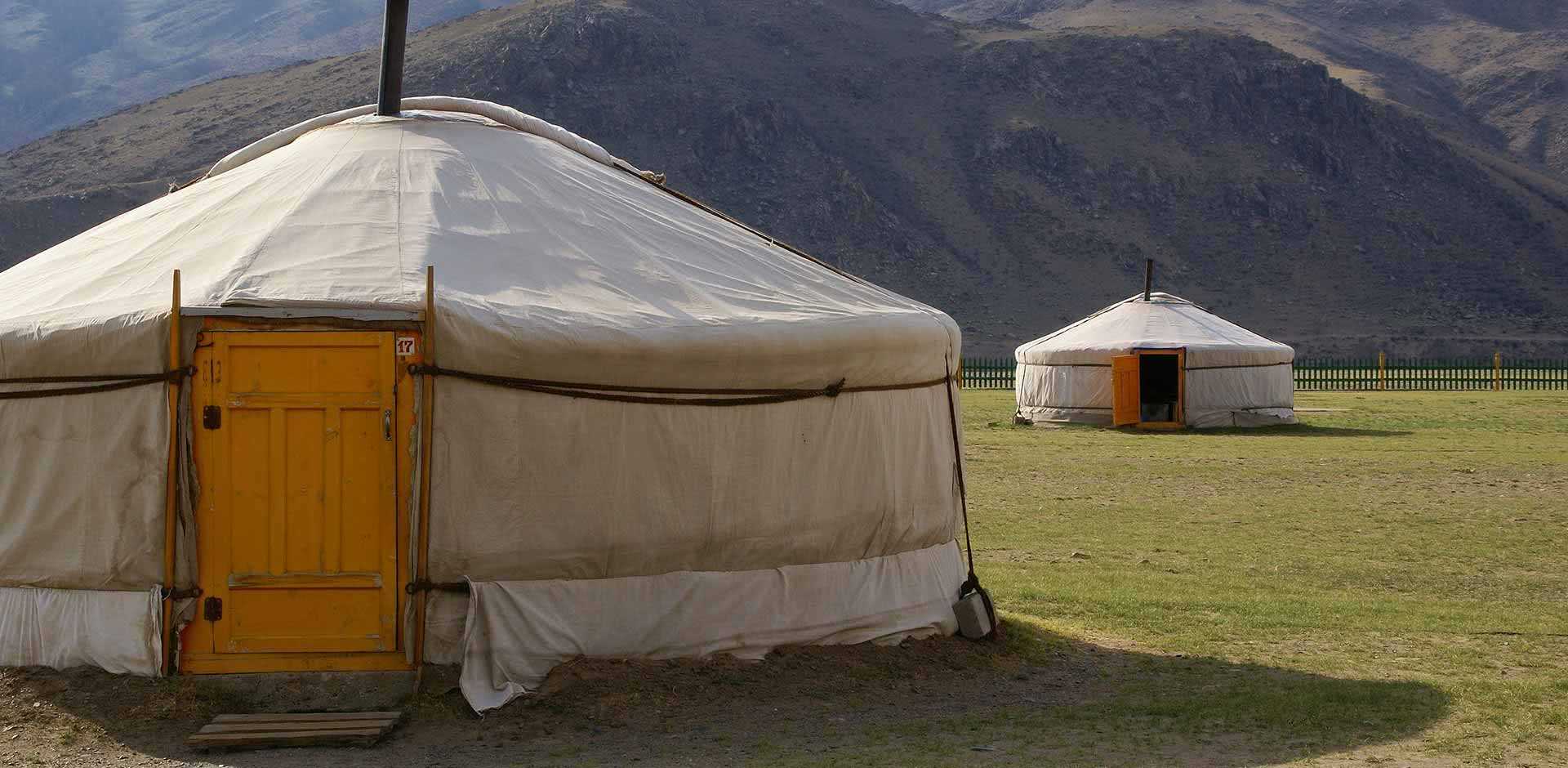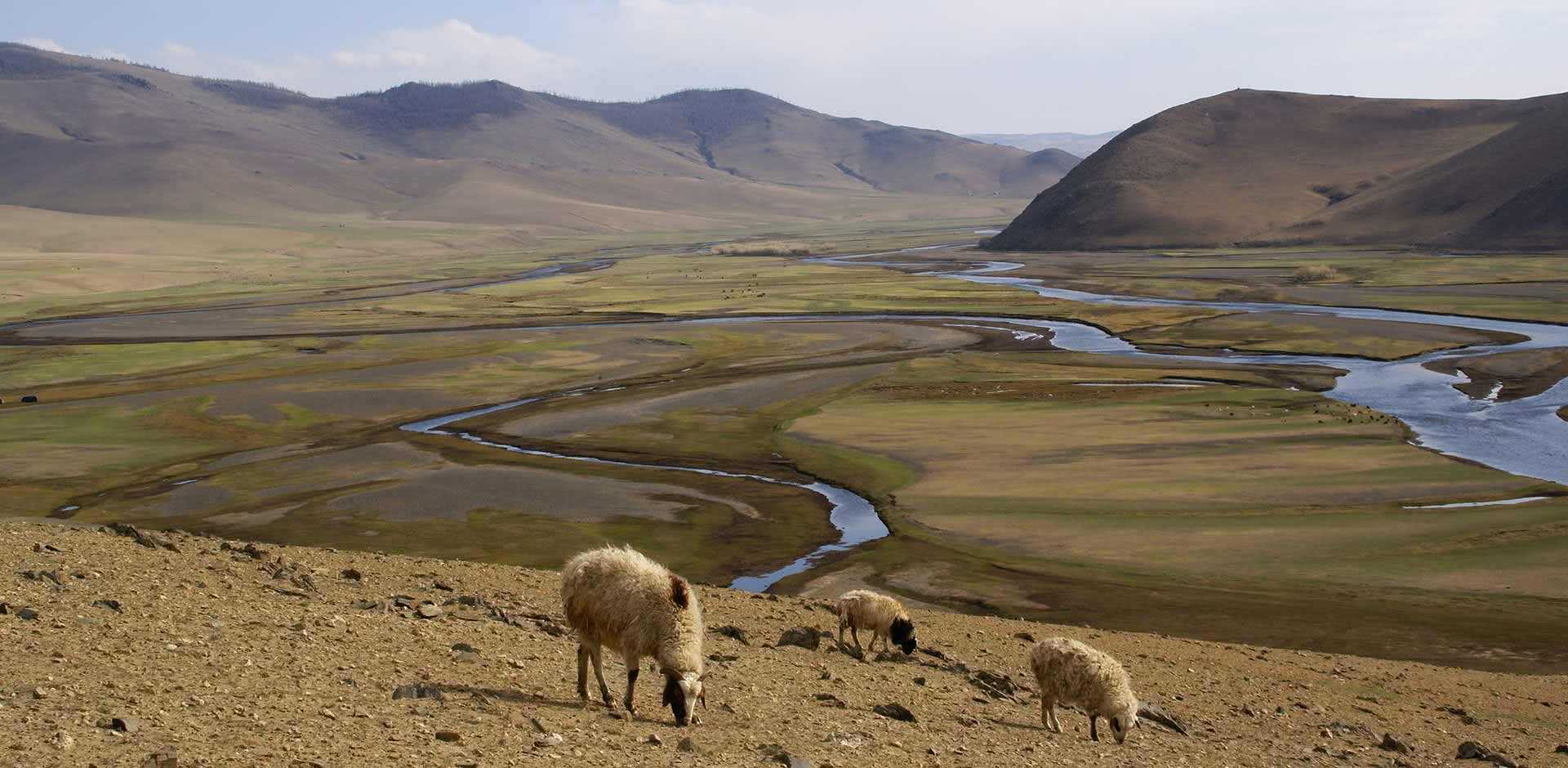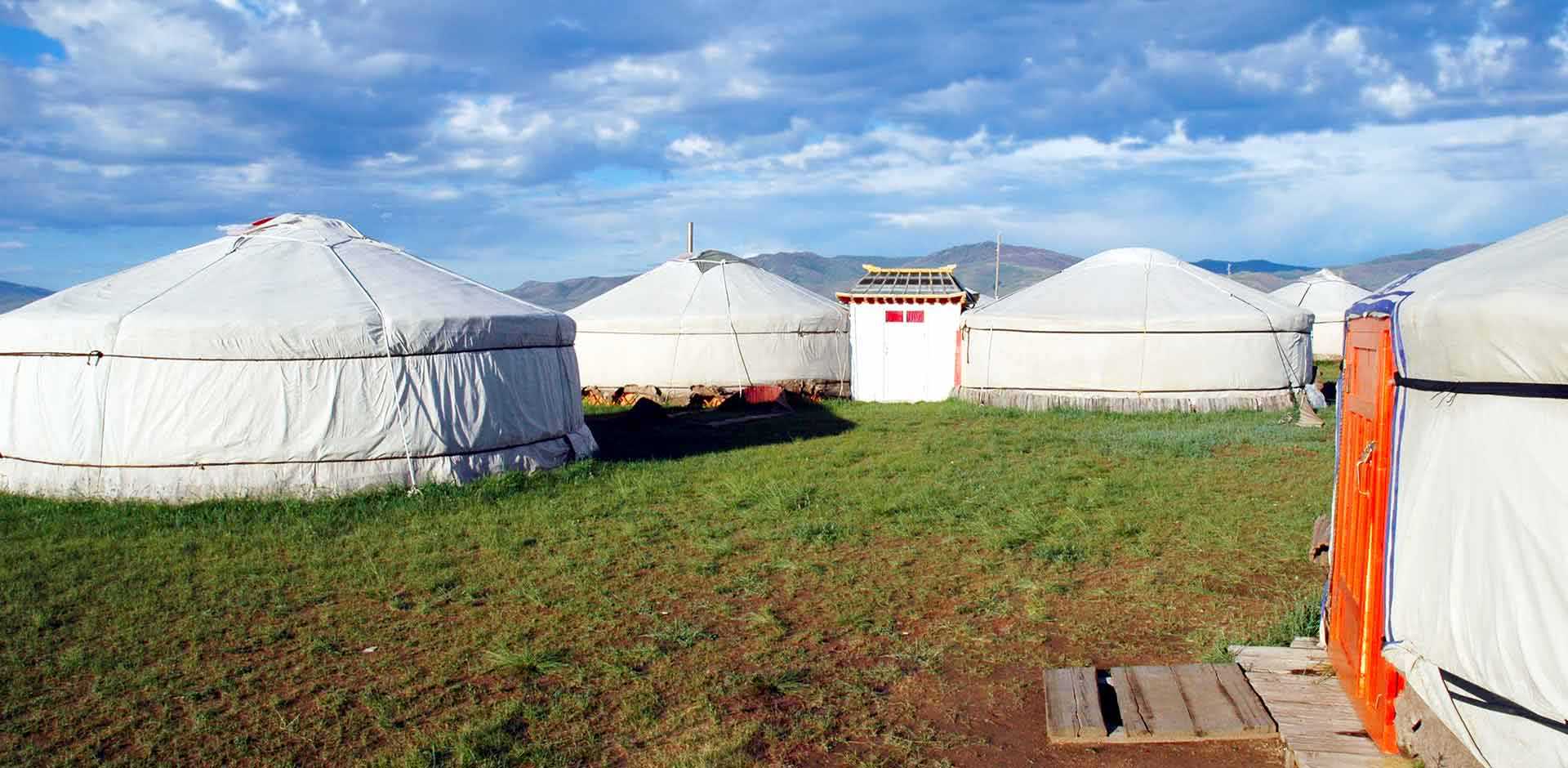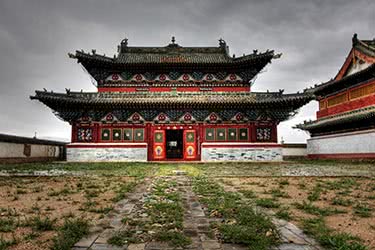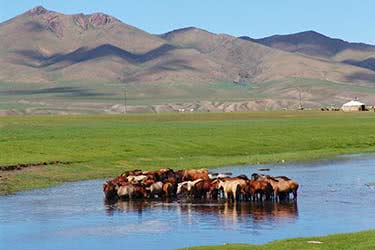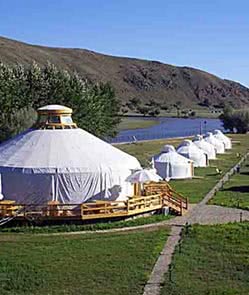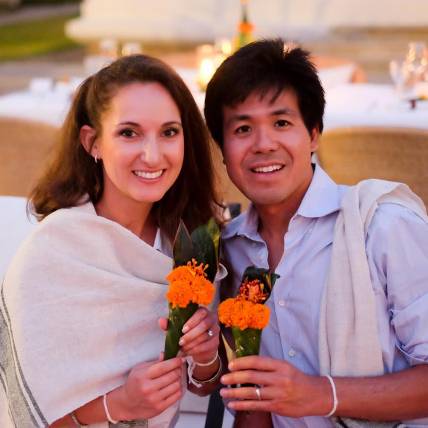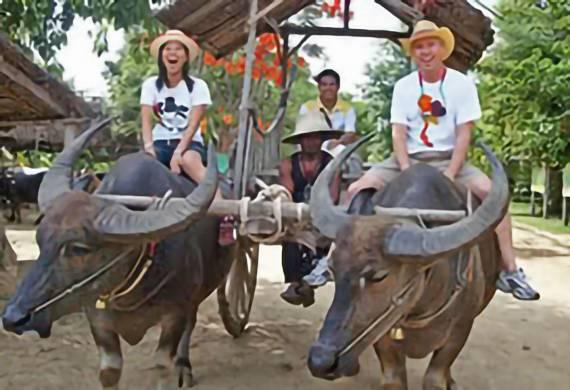
Genghis Khan Retreat
Amongst lushsloping Mongolian grasslands lies the luxurious Genghis Khan Retreat. Pitched in the deep reaches of the Orkhon National Park, near the ancient city of Karakorum founded by Genghis Khan in 1220, the camp is engulfed by unadulterated, fenceless natural splendor. Rich with history, the area is a UNESCO protected area featuring many historical sites and home to charming Buddhist monasteries. A personal project, Genghis Khan Retreat is owned by a German-Mongol family that has been travelling to the location every summer for the past 20 years. Today they open up their summer home to adventurous guests and draw on personal expertise to organize riding, hiking, kayaking, mountain biking, and polo excursions throughout the Orkhon Valley and Khangai Mountains. More experienced riding or polo enthusiasts are welcomed to join daily chukkas and games. Open from June to mid-September every year, thirty percent of yearly earnings are donated to polo training and educational support programs for Mongol children.
